Description
Borage (A.K.A. Burrage, Beebread, Beeplant, Talewort)
50 Seeds per pack
Annual Herb
Days to Maturity: 50–60 Days
Sun Requirements: Full Sun to Partial Shade.
Botanical Name: (Borago officinalis)
Native to the Mediterranean region, Borage has been cultivated for centuries for its culinary and medicinal uses. This hardy annual has gained popularity across Europe and North America, thriving in mild climates. Its star-shaped flowers, often featured in medieval tapestries, have long been prized for their beauty and usefulness. In addition to its historical role in herbal medicine, it is also popular among beekeepers.
This fast-growing plant reaches 1–3 feet tall and spreads 9–24 inches wide. Its slightly nodding blossoms rise above wrinkled, gray-green leaves covered in fine bristles. Borage thrives in full sun but can tolerate light shade, and it is well-suited for a variety of soil types, including nutritionally poor ground. Once established, it self-seeds readily, ensuring its presence in the garden year after year.
The flavor of the leaves is reminiscent of cucumber, making them a refreshing addition to salads. The young leaves are tender and best eaten fresh, while the larger, older leaves develop a coarse texture. The brilliant blue flowers, sometimes tinged with pink, are edible and can be used as garnishes, candied for desserts, or infused into teas. In European cuisine, Borage is commonly found in soups, sauces, and pasta fillings, including German green sauce and Ligurian ravioli.
A favorite in pollinator gardens, borage attracts bees, butterflies, and other beneficial insects throughout the growing season. Its flowers are an outstanding nectar source, earning it a place among beekeepers and making it a valuable companion plant for many vegetable crops.
Though commonly appreciated for its culinary uses, borage has been used in traditional remedies to help reduce fevers and soothe respiratory discomfort. It offers a natural source of vitamins A and C, as well as potassium. The seeds are especially valued for their concentration of gamma-linolenic acid (GLA), an essential fatty acid. Easy to grow Borage brings beauty, utility, and nourishment to the garden with very little effort!
Warning: Borage seed oil and all parts of the plant—including leaves, flowers, and seeds—can contain harmful chemicals that may damage the liver or raise the risk of cancer, especially when eaten in large amounts or over a long period of time. Do not consume during pregnancy or while breastfeeding. Always check with a doctor before using borage as a medicine.
Planting Instructions for Borage Seeds
Where to Plant:
Choose a sunny location with loose, well-drained soil. Borage thrives in moderately moist, nutrient-rich conditions and prefers a soil pH between 6.0 and 7.5. If your soil is compacted or heavy, loosen it and consider adding compost or sand to improve drainage. Borage will also grow in large containers—select pots at least 12″ deep and wide to accommodate the plant’s taproot and mature size.
When to Plant:
Direct sow borage seeds outdoors from mid-April to early May, once the soil has warmed to at least 50°F (10°C). You can continue sowing until early July for successive blooms. In colder climates, seeds may also be started indoors 3–4 weeks before the last expected frost and hardened off gradually before transplanting outdoors once all danger of frost has passed.
How to Plant:
Sow borage seeds ½″ (12 mm) deep, spacing them about 16–20″ (40–50 cm) apart. Cover with about ½″ of soil—borage seeds need darkness to germinate, so cover thoroughly enough to block light, but not so deep that seedlings struggle to emerge. Water thoroughly after sowing. Germination typically occurs within 7–10 days. Thin out any crowded seedlings after four weeks to encourage healthy growth.
Growing Tips:
Water borage regularly to maintain moderate soil moisture, especially during the seedling stage. As plants mature, they tolerate short dry spells but still benefit from weekly watering in dry weather. Stake tall or top-heavy plants if needed, and deadhead spent flowers to reduce self-seeding. For container-grown borage, water more frequently and ensure pots have good drainage.
Harvesting:
Harvest tender young leaves before they become coarse and hairy. Snip flowers as they open for use in salads or drinks—they have a refreshing cucumber-like flavor. The whole plant is edible, but older leaves are best reserved for drying or compost. Expect plants to reach maturity around 60 days after sowing.
Storage and Drying:
Borage leaves and flowers are best used fresh but can be stored in the refrigerator for a few days after harvest. For longer-term preservation, dry the leaves by placing them on a tray in a preheated oven at 180°F with the door slightly open to allow air circulation. Depending on moisture content, drying may take up to three hours. Once fully dried, store in an airtight container in a cool, dark place.
Seed Saving:
Borage is an excellent self-seeder, but seeds can also be collected manually. Allow some flowers to mature fully and fade. As the flowers fade, seeds begin to form at their base. Once the seed heads dry, the seeds will darken and harden. Gently shake or pluck the seed heads into a paper bag. Store harvested seeds in a cool, dry location, clearly labeled with the year and variety. Borage seeds remain viable for several years when stored properly. If you’d like a neat way to organize them, we also offer seed-saving envelopes for sale.
Additional Notes:
Borage is a hardy, self-seeding annual with perennial tendencies in mild climates. It attracts pollinators and deters common pests, making it an excellent companion for tomatoes, cucumbers, and brassicas. Avoid planting near parsley, chives, or arugula. While frost will kill mature plants, seeds often overwinter in the soil and sprout again in spring.
Warning: Borage seed oil and all parts of the plant—including leaves, flowers, and seeds—can contain harmful chemicals that may damage the liver or raise the risk of cancer, especially when eaten in large amounts or over a long period of time. Do not consume during pregnancy or while breastfeeding. Always check with a doctor before using borage as a medicine.
FAQ:
Borage, also known as Burrage, Beebread, Beeplant, and Talewort, has a rich history rooted in the Mediterranean. It has been cultivated for centuries for its culinary and medicinal uses, with its star-shaped blue flowers often appearing in medieval European tapestries. Borage leaves have a refreshing, cucumber-like taste, making them ideal for salads and beverages. The tender young leaves are preferred for eating, while the older ones become rougher in texture. Borage grows 1–3 feet tall and spreads 9–24 inches wide, with wrinkled gray-green leaves and drooping, star-shaped blue flowers. It thrives in full sun to partial shade and can tolerate various soil types, self-seeding readily once established. You can begin harvesting leaves and flowers in 6–8 weeks after sowing. Harvest the leaves when young for the best flavor, and collect flowers as they bloom throughout the growing season. Direct sow Borage seeds outdoors after the last frost date. It prefers warm conditions and should be planted in spring once the danger of frost has passed, in soil temperatures between 70–85°F. Borage is a versatile herb used in soups, sauces, salads, and pasta fillings like German green sauce and Ligurian ravioli. Its edible flowers make lovely garnishes, can be candied, or steeped in teas. For short-term storage, fresh Borage leaves and flowers can be kept in the refrigerator for a few days. For longer storage, consider drying the leaves or freezing the flowers. To dry, place leaves on a cookie sheet away from moisture for several weeks, then store in an airtight container. For freezing, coarsely chop the leaves and flowers, place them in ice cube trays with water, freeze, and then transfer the cubes to plastic bags or airtight containers for future use. Borage is a natural source of vitamins A and C, potassium, and gamma-linolenic acid (GLA), an essential fatty acid found in its seeds, offering nutritional benefits alongside its culinary appeal. Traditionally used to reduce fevers and soothe respiratory discomfort, Borage should be used with caution. It can contain compounds harmful to the liver and may pose cancer risks with long-term use. Avoid during pregnancy and breastfeeding, and consult a doctor before medicinal use.What is the historical or notable background of Borage?
How would you describe the flavor of Borage?
What does Borage look like, and what are its growing habits?
How much can I expect to harvest, and when is the best time to pick Borage?
When is the best time to plant Borage?
What are the common culinary uses of Borage?
What’s the best way to store Borage after harvest?
What nutrients does Borage provide?
Does Borage have any medicinal uses or safety concerns?
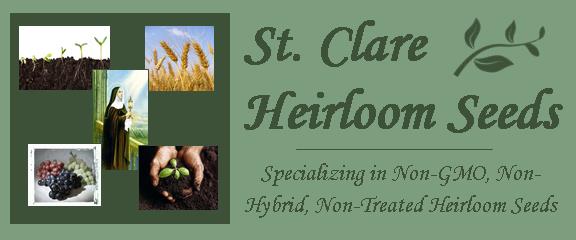
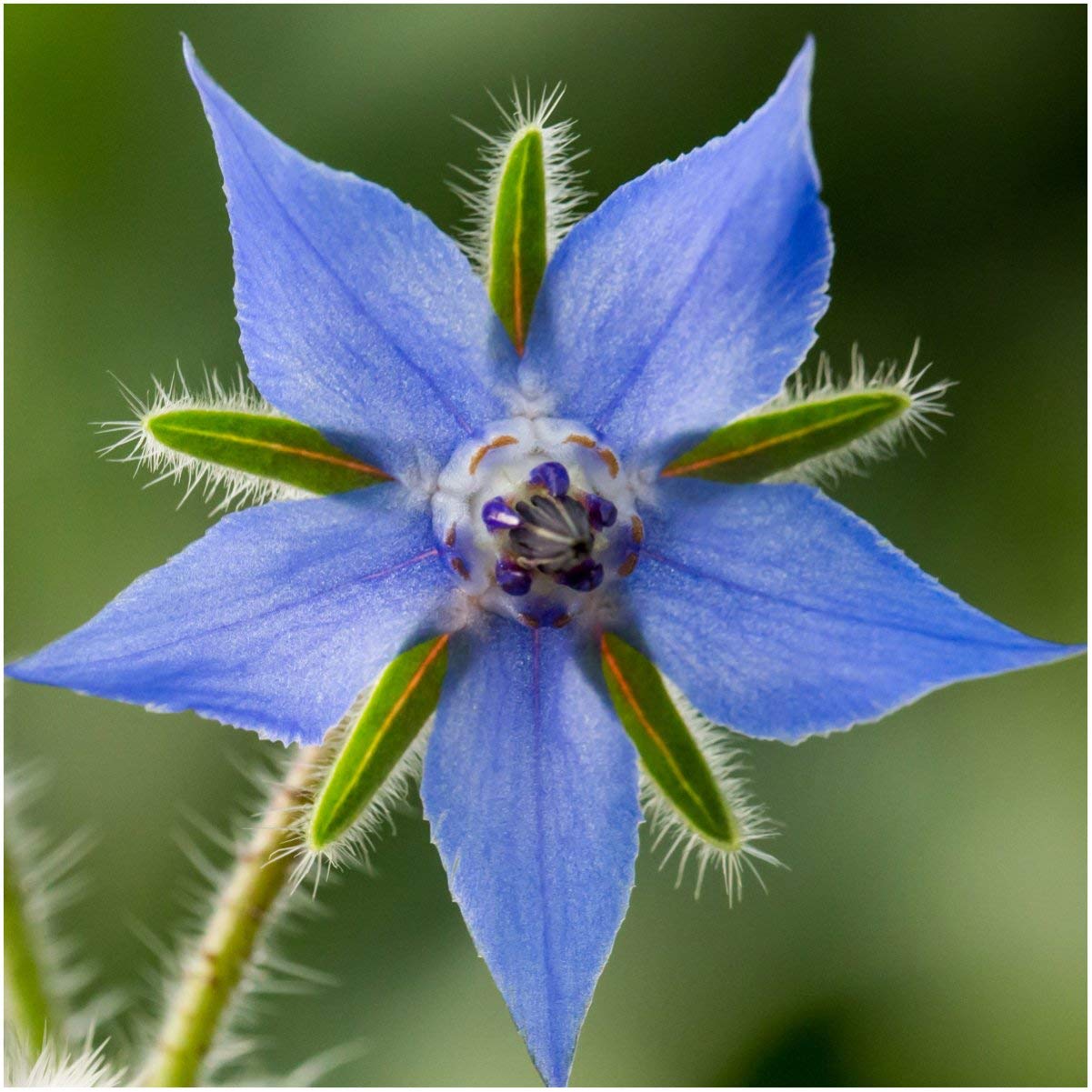
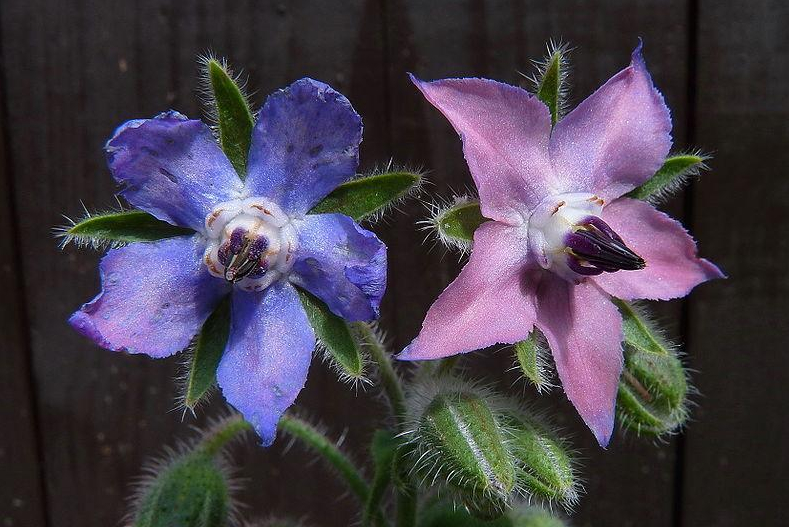

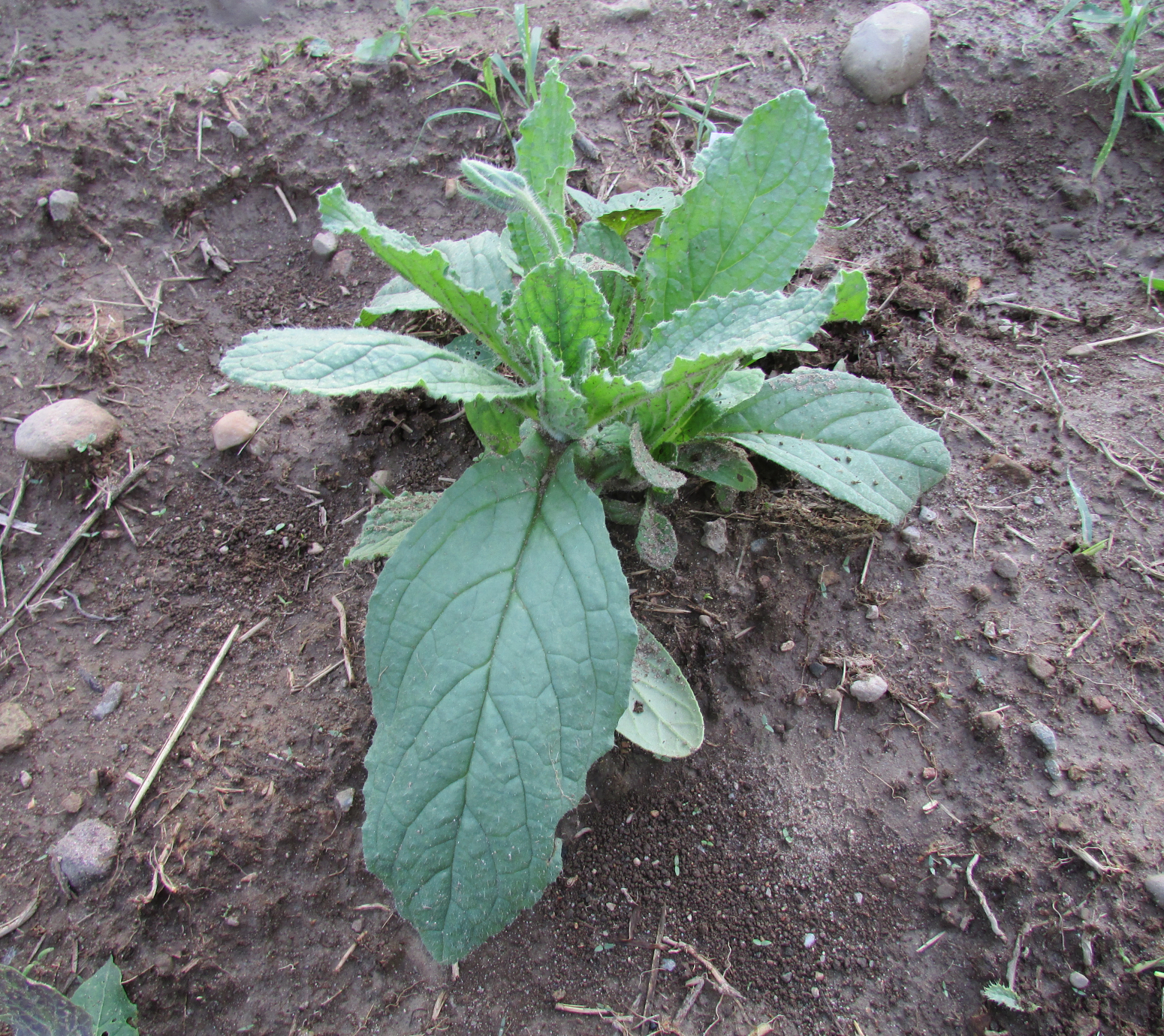
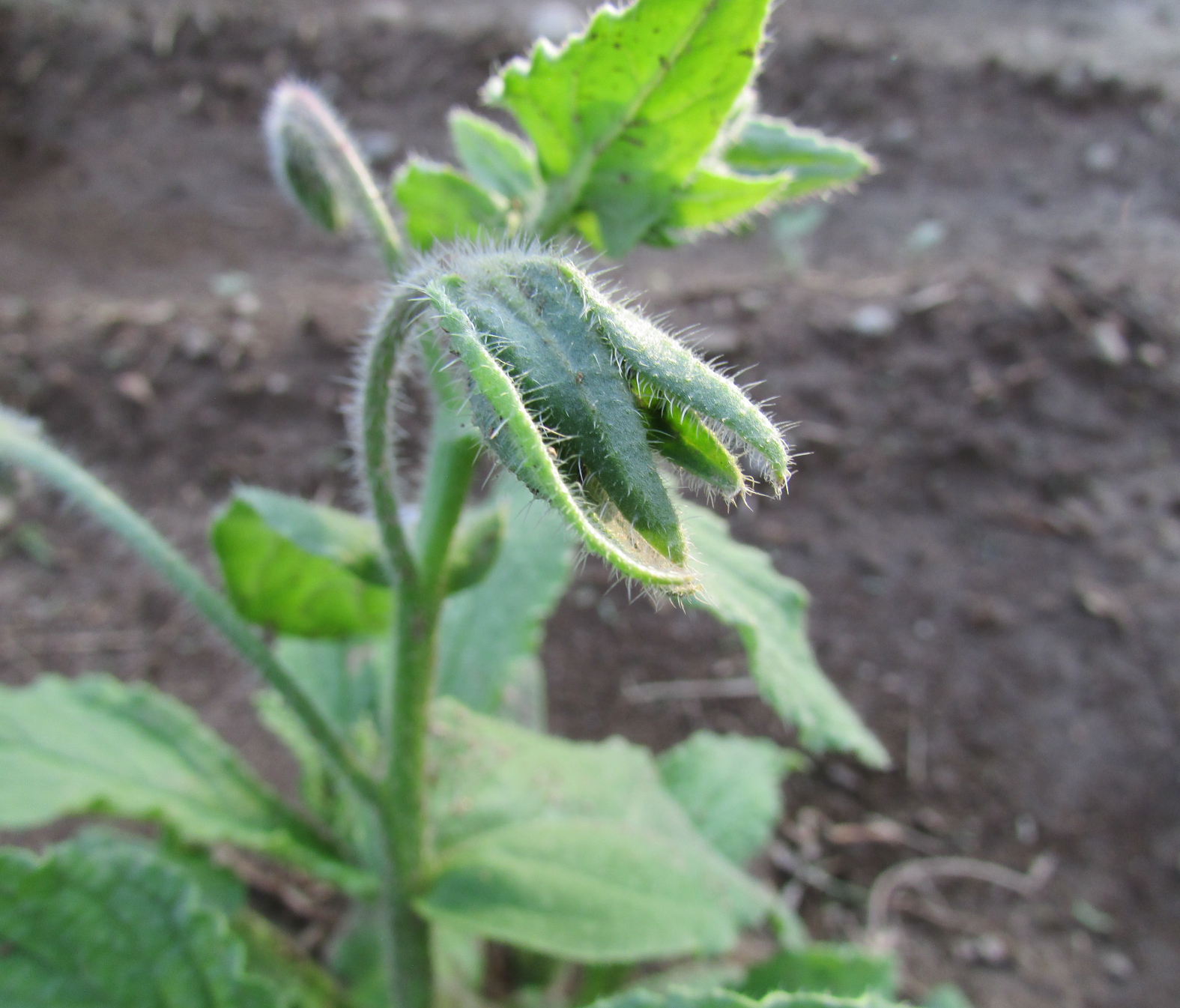
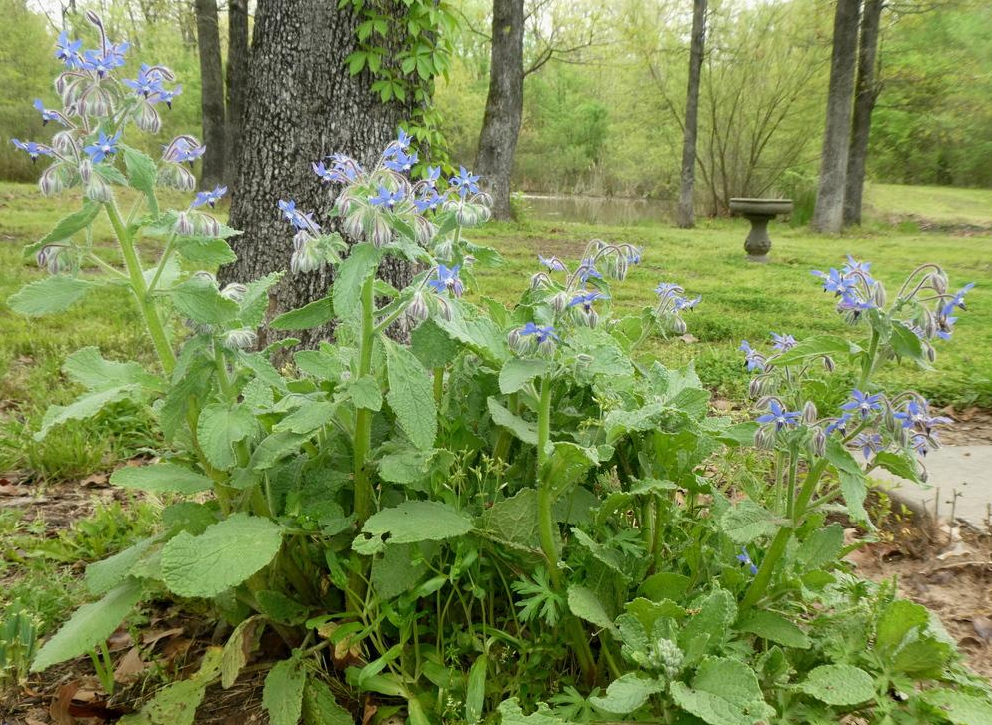
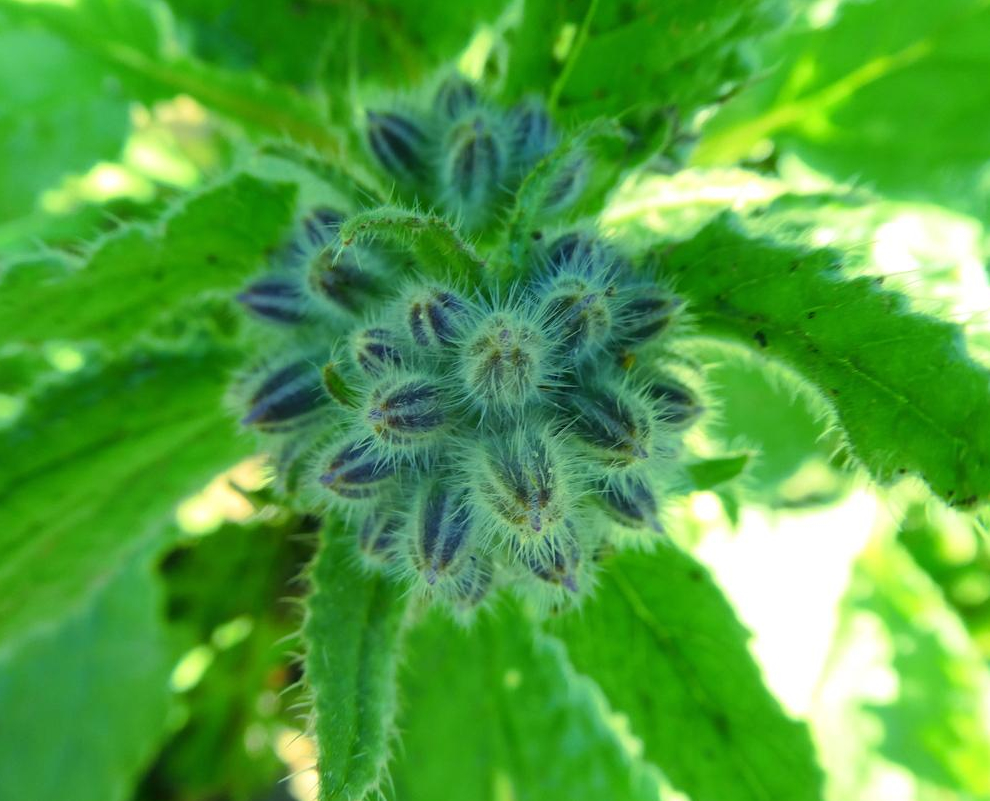
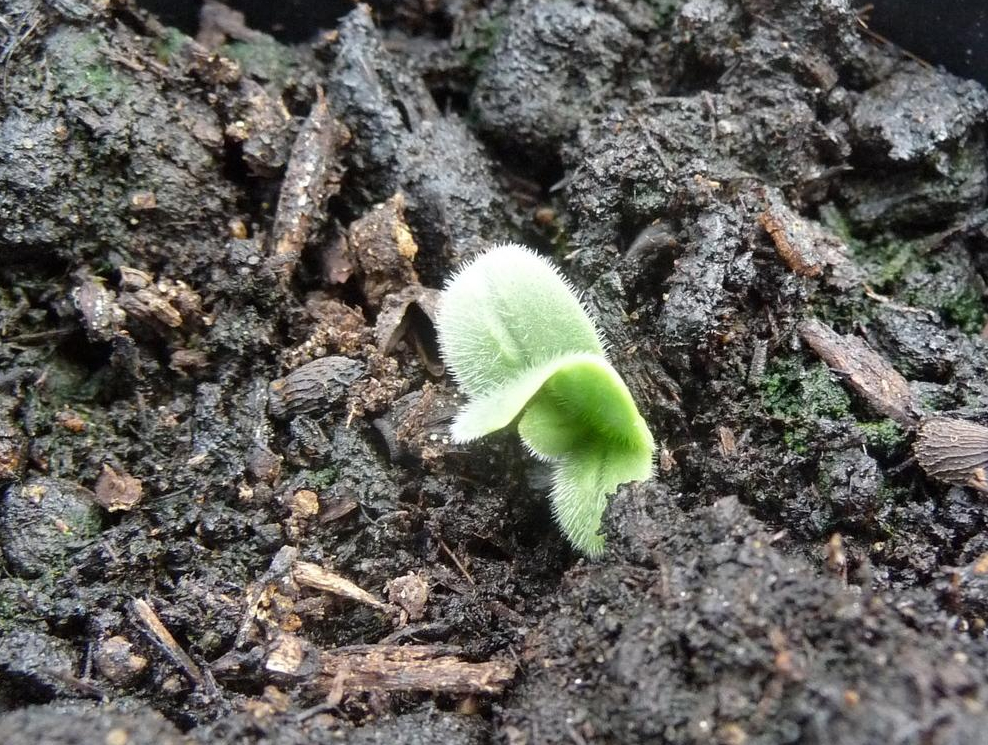
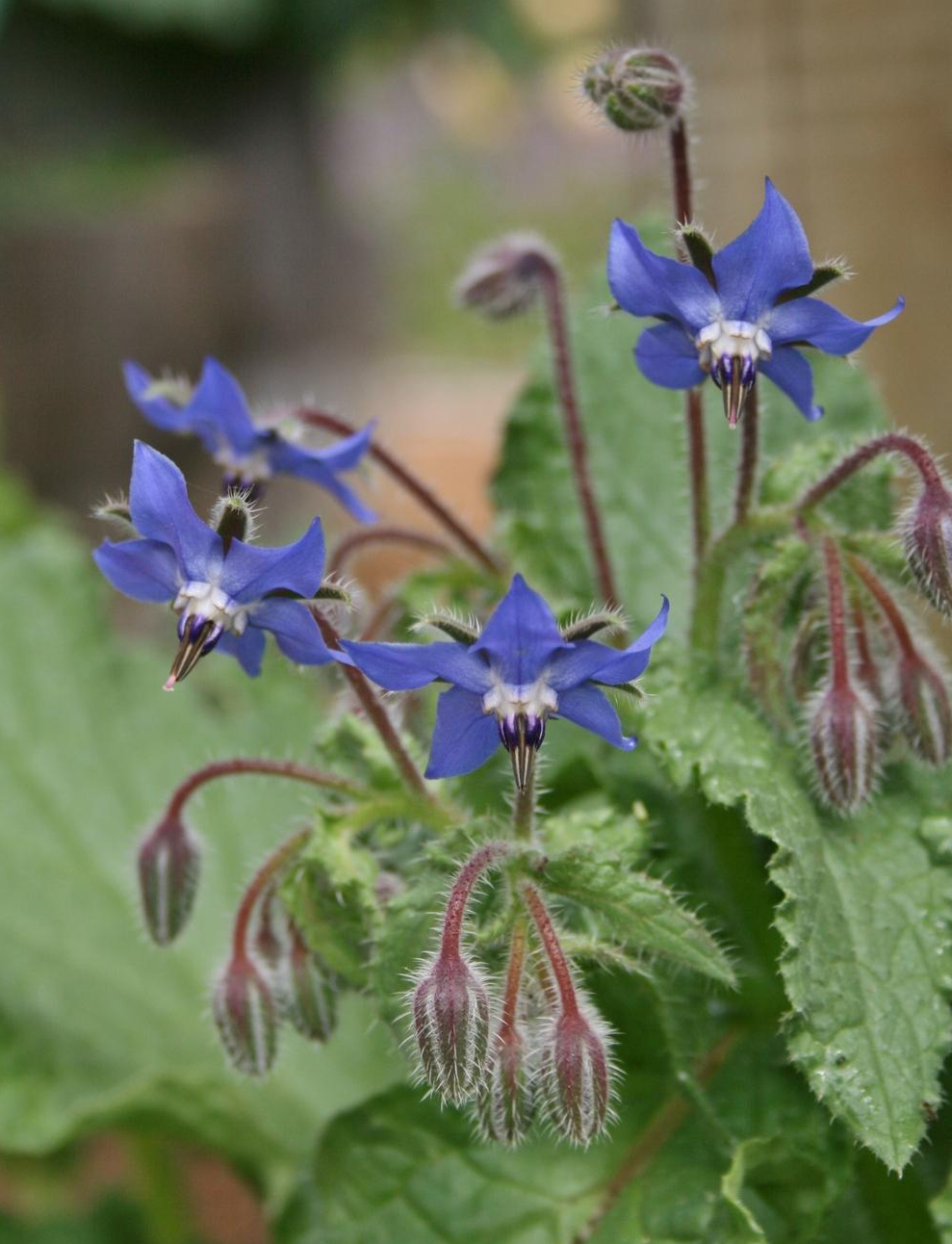








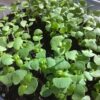
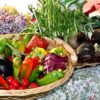
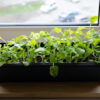
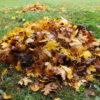
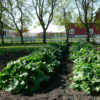


Kristen (verified owner) –
Thank you so much for the well packaged seeds and for being so kind in re-sending them to me at my new address!
Christine (verified owner) –
Amazing company!
Holly (verified owner) –
Got the seeds promptly
Barbara K. (verified owner) –
5 star!
Linda Bryson (verified owner) –